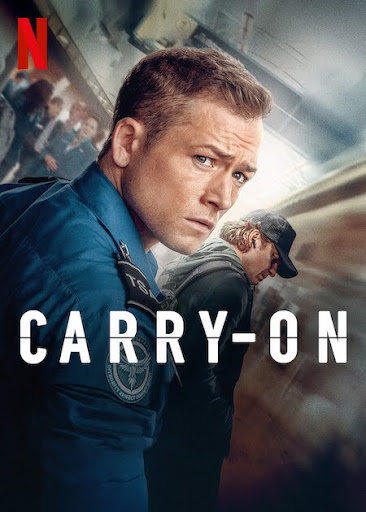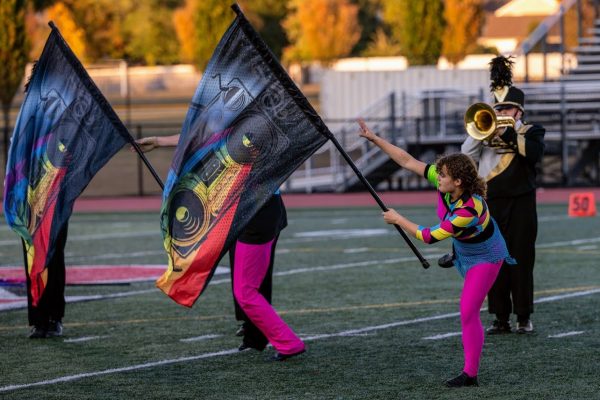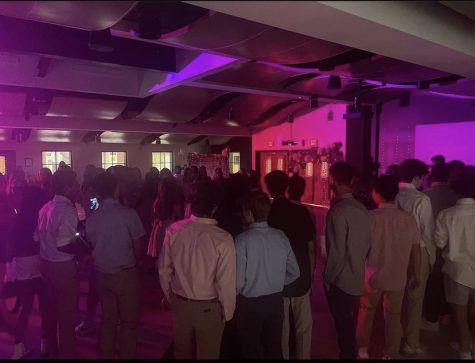Concentrated Studies Program at CHS
Among the numerous opportunities for academic advancement at the high school, the Concentrated Studies Program, which gives students (typically juniors and seniors) independent reign over an investigative topic of their choice, is known for its open-ended format. In order to gain a more thorough understanding of what this program entails, I interviewed the faculty advisor, Mr. John Grimaldi, on the structure and benefits of the course.
When asked how to describe the Concentrated Studies Program in a sentence or two, Mr. Grimaldi explained that it was based around an independent research project “for students who have completed a series of coursework [in a subject for which] we don’t offer any more [courses].” For instance, if a student has finished AP Statistics and would like to pursue a statistics-related project, they would embark on a year-long study under the mentorship of the AP Statistics teacher to answer a question or further their understanding of the field.
This highlights one of the most notable benefits of the program: the flexibility. Any subject can be explored as long as it is not currently taught at CHS and is considered academically substantial, meaning it is supported by a faculty member.
In order to get the process started and establish what work they need to submit, students must consult with their guidance counselors in June. If they commit to the program, students are required to find a mentor. Typically, this will be a teacher whose class they’ve taken.
As for the classwork, it is determined entirely by the student and their mentor. The Concentrated Studies Program does not require a class period during the school day, even though it is listed on a student’s transcript. Therefore, part of the application, and one of the few requirements for the course, involves proof that the student’s project will be equivalent to the work they would do in a normal classroom setting throughout the school year. Although students must keep a journal with up to 150 hours of work as evidence, getting to that point looks different for each student (e.g. practicing a musical instrument). This choice reflects the freedom of the program.
The culmination of the project — a final presentation or demonstration of what the student has been studying throughout the year — is judged by a panel of four or more teachers. Occasionally, one of the spots on this panel will be occupied by a professional expert in the field outside of CHS; the remaining spots are filled by the student’s mentor and two other teachers with whom they are familiar.
When asked what he believed was most beneficial about the Concentrated Studies Program, Mr. Grimaldi responded, “[Many students] have certain interests… [and the] rigid class structure of the school doesn’t allow you to explore those interests as fully as you’d like.” The Concentrated Studies Program allows students to earn credit while investigating a topic of their own interest in-depth, thus offering students more control over their studies.
From learning about choreography and stage technology by working in the musical to researching psycholinguistics and creating your own language, there are seemingly endless possibilities in this world — with one important, yet often overlooked, caveat. In terms of what kind of students he thought would be best suited for this program, Mr. Grimaldi added that Concentrated Studies was “[one of the] few programs we offer that’s student-determined.” Concentrated Studies thus emphasizes self-discipline, and it is important to remember that with the freedom to design your ideal curriculum comes the responsibility to adhere to said curriculum and make sure that it aligns with your intended goals.
While student choice may represent a slight barrier, its role in Concentrated Studies ultimately allows students to take charge of their education and focus their energies towards their passions.
Vanessa Walrath is a Senoir at HVCHS and a Staff Reporter and Editor for the Bulldog Reporter. Outside of Newspaper Club, Vanessa is a co-captain of the...


























Clabe Flower • Jun 21, 2022 at 10:24 am
I love Mr. Grimaldi!!!!!